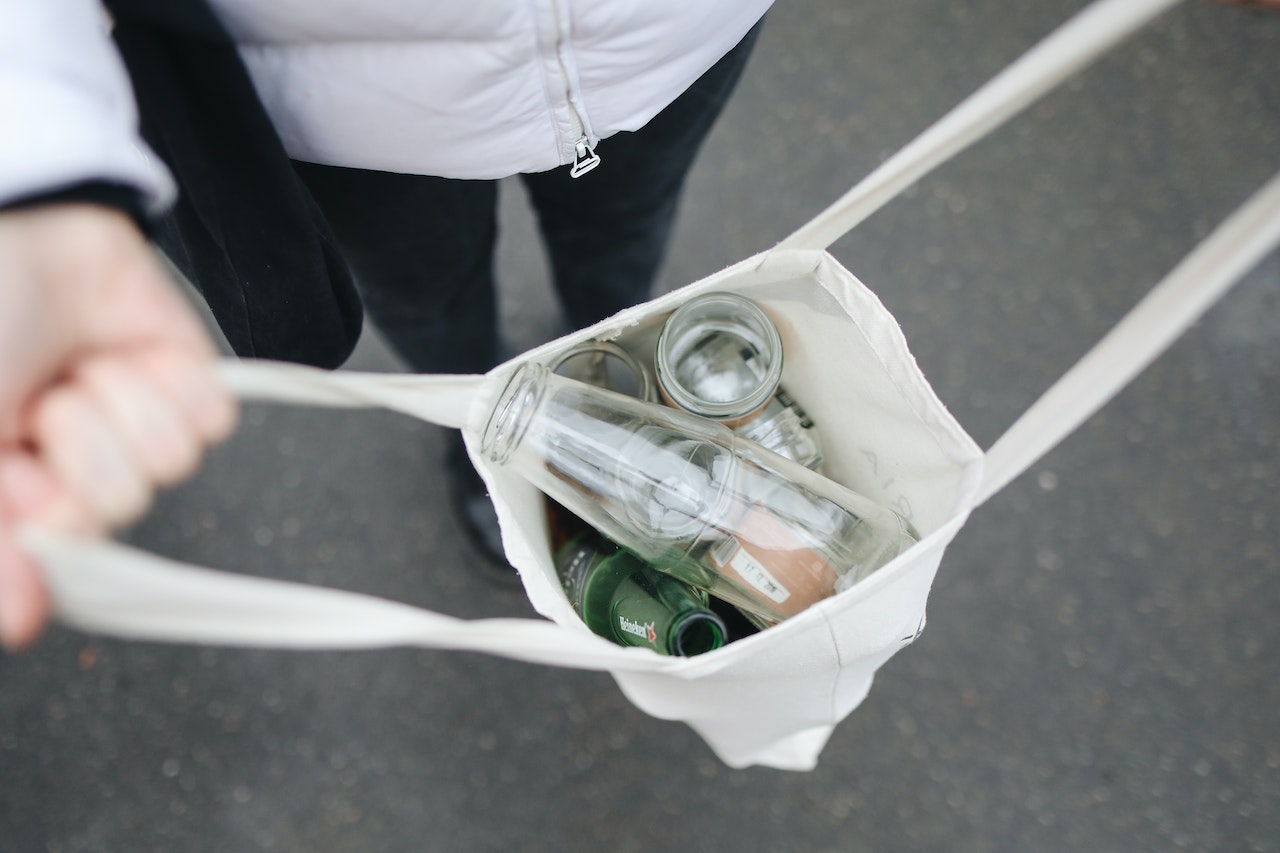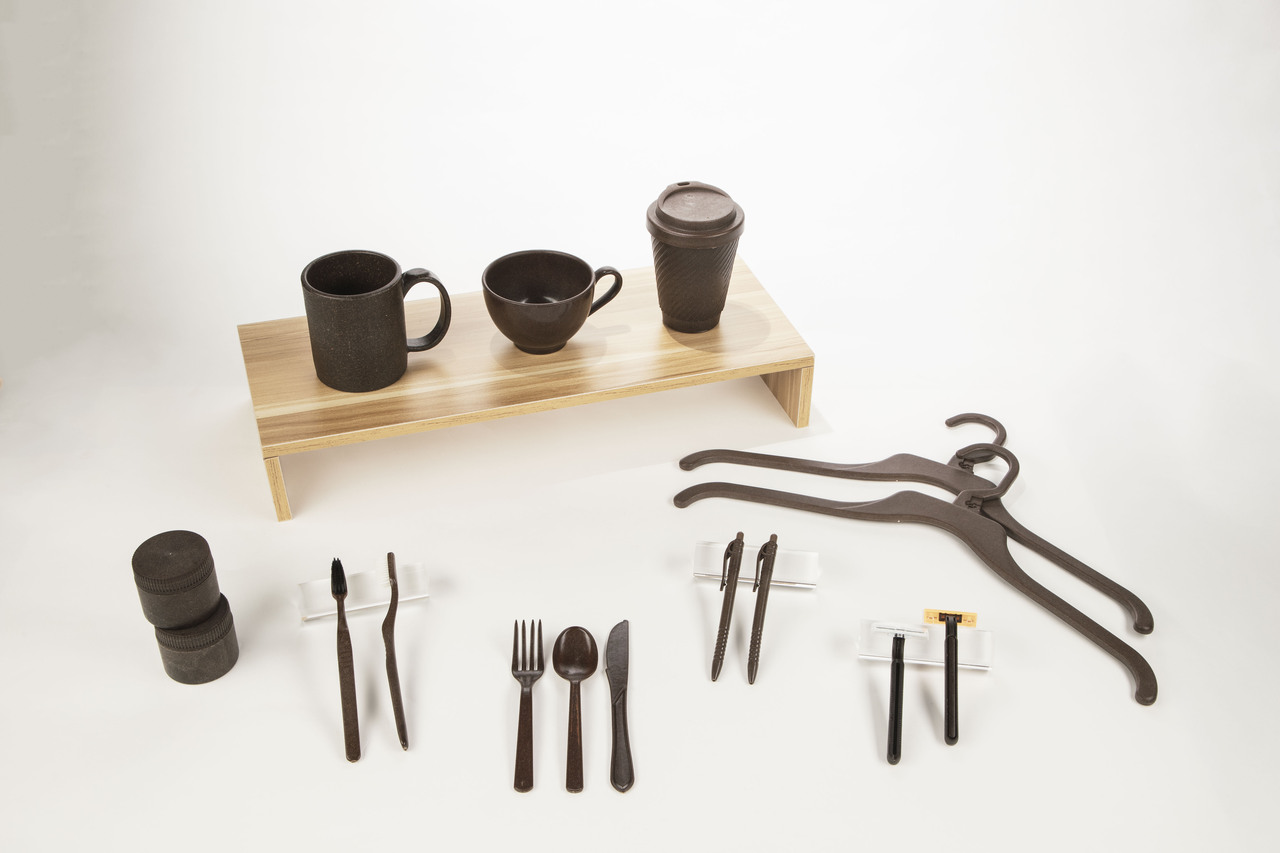Embracing Change: Bioplastics Solutions for a Circular Economy
The global shift towards sustainability and a circular economy has led to increased interest in bioplastics solutions. Bioplastics, as innovative materials derived from renewable sources, offer a promising alternative to traditional plastics.
Let’s explore the role of bioplastics in driving the transition towards a circular economy and discuss various bioplastics solutions that contribute to a more sustainable future.
Understanding the Circular Economy
The circular economy is an economic model that aims to redefine the traditional linear "take-make-dispose" approach to resource consumption and waste generation. In a circular economy, resources are used and reused in a closed-loop system, where products and materials are designed to have a longer lifespan, and waste is minimized through recycling, repurposing, and regeneration.
The benefits of a circular economy are multifaceted. It offers economic advantages by creating new business opportunities, stimulating innovation, and reducing reliance on scarce resources. It also has significant environmental benefits, such as reducing greenhouse gas emissions, minimizing waste generation, and preserving ecosystems. Moreover, it contributes to social well-being by promoting sustainable and inclusive growth, creating jobs, and improving resource accessibility.

Circular economy creating new business opportunities.
Transitioning to a circular economy requires collaboration and engagement from various stakeholders, including governments, businesses, consumers, and communities. It involves implementing policies and regulations that support sustainable practices, fostering innovation in product design and manufacturing, promoting responsible consumption and production patterns, and investing in infrastructure for waste management and recycling.
Bioplastics and their Contribution to the Circular Economy
Definition and characteristics of bioplastics
Bioplastics are a category of plastics that can be either partially or fully derived from renewable biomass sources. These sources include crops like corn, sugarcane, or cellulose from wood and agricultural waste, such as coffee grounds. Bioplastics can also be produced using microorganisms through processes like fermentation. They possess similar properties to traditional plastics but are considered more sustainable due to their renewable nature.
Advantages of bioplastics in a circular economy
Bioplastics offer several advantages in a circular economy, where resources are used efficiently and waste is minimized. Here are some key advantages of bioplastics in a circular economy:
- Renewable Resource: Bioplastics are derived from renewable resources such as plants, agricultural waste, or algae. Unlike fossil-based plastics, which rely on finite fossil fuel reserves, bioplastics can be produced from crops that can be grown and harvested repeatedly, ensuring a more sustainable and long-term supply.
- Reduced Carbon Footprint: Bioplastics have the potential to significantly reduce carbon emissions compared to traditional plastics. The production of bioplastics typically requires less energy and generates fewer greenhouse gas emissions. Additionally, some bioplastics, like those made from agricultural waste or algae, can capture and store carbon dioxide during their growth, further contributing to carbon reduction efforts.
- Biodegradability and Compostability: Certain bioplastics are designed to be biodegradable or compostable. This means that under specific conditions, such as industrial composting facilities or natural environments, they can break down into simpler, non-toxic components through biological processes. Biodegradable and compostable bioplastics help reduce waste accumulation in landfills and promote the return of materials to the environment.
- Resource Efficiency: Bioplastics can contribute to a more efficient use of resources in a circular economy. They can be designed to have a longer lifespan, enabling durability and reuse. Additionally, some bioplastics can be recycled and incorporated into the production of new bioplastic products, reducing the need for virgin materials and minimizing waste generation.
- Diverse Applications: Bioplastics have a wide range of applications across various industries, including packaging, automotive, textiles, electronics, and more. They can be used in the production of packaging materials, disposable cutlery, agricultural films, textile fibers, and even 3D printing. By offering versatile solutions, bioplastics contribute to the development of sustainable products across different sectors.
- Public Perception and Consumer Demand: Bioplastics align with the growing consumer demand for more sustainable and environmentally friendly products. As consumers become more aware of the environmental impact of traditional plastics, the demand for bioplastics is increasing. Companies that adopt bioplastics in their products can benefit from improved brand image and market differentiation.
By incorporating bioplastics into the circular economy, we can promote resource efficiency, reduce dependence on fossil fuels, mitigate carbon emissions, and minimize waste generation. However, it is important to consider the entire life cycle of bioplastics, including their production, use, disposal, and potential recycling or composting, to fully realize their advantages in a circular economy.
Bioplastics solutions: Bioplastic as a sustainable alternative to traditional plastics
Bioplastics have a wide range of applications in a circular economy. Here are some key areas where bioplastics are utilized:
- Packaging Materials: Bioplastics are extensively used in the production of packaging materials. They can be found in various forms such as films, trays, bottles, and bags. Bioplastic packaging offers advantages such as lightweight, durability, and transparency. It is commonly used for food packaging, cosmetics, personal care products, and even industrial packaging.

- Consumer Goods and Products: Bioplastics are increasingly being used in the manufacturing of consumer goods and products. This includes items like disposable cutlery, food containers, cups, and plates. Bioplastic consumer goods provide a sustainable alternative to traditional plastic products and reduce the environmental impact associated with single-use items. They can be compostable, biodegradable, or recyclable, promoting the principles of the circular economy.
- Automotive and Construction Industries: Bioplastic materials can be used in interior components of vehicles, such as dashboard panels, seat covers, and insulation. They offer lightweight alternatives to traditional plastics, reducing the overall weight of vehicles and improving fuel efficiency. In the construction sector, bioplastics can be used for insulation materials, pipes, and flooring, contributing to energy efficiency and sustainable building practices.
The applications of bioplastics in a circular economy are expanding as more industries recognize the need for sustainable alternatives to traditional plastics, which make bioplastics solutions for a circulatory economy. By incorporating bioplastics in these sectors, we can reduce waste generation, conserve resources, and promote the principles of the circular economy.
>>>> Learn more at: Comparing the Environmental Impact of Bio Plastic Products and Traditional Plastics
Bioplastics Solutions for a Circular Economy
One of bioplastics solutions is AirX Coffee Bio Composite, a versatile material that combines coffee grounds and recycled plastics to create an innovative biocomposite. This material is not only eco-friendly but also presents a sustainable alternative to traditional plastics.
One of the significant advantages of AirX Coffee Bio Composite is its carbon negative nature. As a bioplastic solution, it has the ability to sequester carbon dioxide from the atmosphere, effectively reducing greenhouse gas emissions.
Furthermore, AirX Coffee Bio Composite demonstrates the potential of using innovative materials derived from renewable sources. By incorporating coffee waste, which would otherwise be discarded, and combining it with recycled plastics, this material embodies the principles of resource efficiency and waste reduction.
The applications of bio composites made from coffee grounds are diverse, making it a versatile choice for businesses and industries looking to embrace sustainable alternatives. It can be used in various products such as packaging materials, consumer goods, and specialty items.

Coffee bio composite have a wide range applications for various industry.
In conclusion, bioplastics solutions like AirX Coffee Bio Composite play a crucial role in fostering a circular economy. With its composition coffee grounds, it presents an innovative and eco-friendly alternative to traditional plastics. By adopting this bioplastics solutions, businesses and consumers can actively contribute to reducing their environmental footprint, promoting resource efficiency, and supporting a more sustainable future. AirX Coffee Bio Composite a valuable recommendation for those seeking bioplastics solutions in the circular economy.
Contact us
AirX is the world's first carbon-negative bio-material made from coffee grounds manufacturer.
We specialize in producing bio-based composites using recycled carbohydrates derived from by-products such as coffee grounds, coconut husk, husk, and bamboo. Our goal is to promote sustainability through the use of eco-friendly materials.
We are always here to help and provide the best service possible. If you have any questions or would like to receive advice and feedback directly from our sales staff, please do not hesitate to contact us. You can reach us through:
- Whatsapp: +84 969 742 950
- Email: [email protected]
We look forward to hearing from you!

